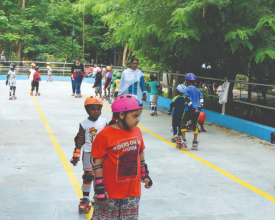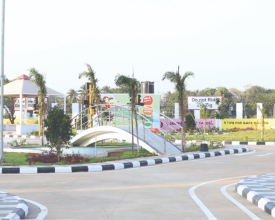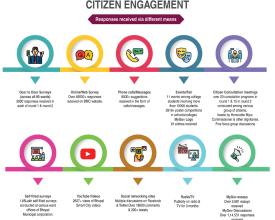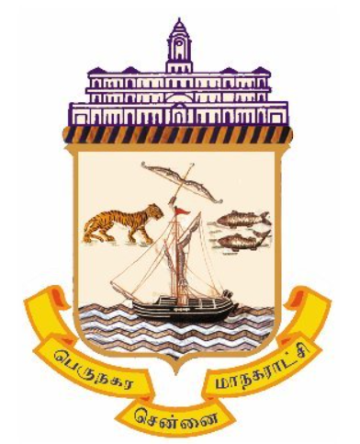
Chennai Smart City - Iniciativa medioambiental
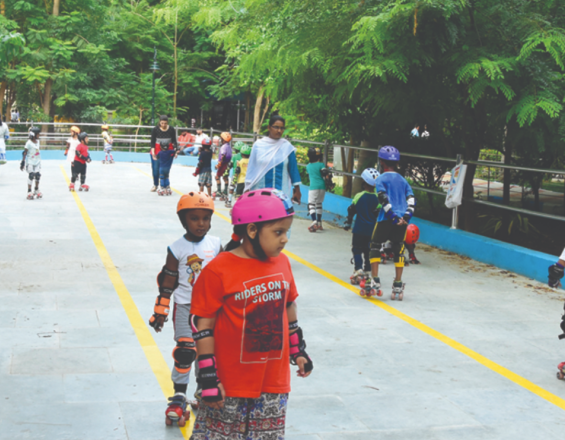
En 2015, el gobierno indio puso en marcha el Programa de Ciudades Inteligentes para ayudar a las ciudades a ser más resilientes ante los retos sociales y medioambientales, fomentando al mismo tiempo una vida segura y sostenible. Chennai fue una de las primeras ciudades seleccionadas para aplicar el nuevo programa. En Chennai, la elaboración del plan se preparó mediante un planteamiento ascendente, promoviendo la participación ciudadana para comprender los retos, necesidades y preferencias de los residentes. Las partes interesadas locales participaron a través de 15 consultas públicas, concursos de redacción y dibujo para estudiantes, la implicación de organizaciones ciudadanas como Citizens of Chennai, y mucho más. El programa se divide en cinco áreas de interés: Movilidad, Tecnología, Agua y Medio Ambiente. Por lo que respecta a la iniciativa de medio ambiente inteligente, Chennai Smart Cities ha trabajado hasta ahora en el acondicionamiento de espacios verdes, la creación de parques sensoriales, parques de tráfico, la restauración de masas de agua y la inversión en jardines verticales.
Impactos
Smart Cities ha reformado ocho parques de Chennai aumentando la cubierta vegetal, introduciendo plantas autóctonas e incorporando la retención del agua de lluvia. Se han añadido elementos de descanso, refugio e infraestructuras adaptadas a los discapacitados para aumentar el compromiso social. Se han construido explícitamente dos parques sensoriales para involucrar a los niños en la naturaleza. Estos parques incluyen plantas comestibles, esculturas táctiles, señalización en braille y juegos acuáticos. Se ha creado un parque de tráfico para concienciar a los niños sobre la seguridad vial. El parque está equipado con señales de tráfico, semáforos y cruces para que los niños aprendan a circular con seguridad.
En cuanto a la construcción y restauración de espacios naturales, Chennai Smart Cities ha reconstruido 32 masas de agua y ha decidido implantar jardines verticales. La reverdecimiento de espacios verticales permite la implantación de zonas verdes en áreas urbanas densas donde no pueden realizarse parques abiertos.
Debido a la rápida urbanización, muchas masas de agua antiguas de Chennai han desaparecido o están contaminadas. La falta de masas de agua limpias y los lugares contaminados y abandonados existentes perjudican los medios de vida locales y la biodiversidad. Por ello, Ciudades Inteligentes identificó 210 masas de agua para su restauración, de las cuales 32 ya están restauradas. Estas masas de agua recuperadas están demostrando su eficacia a la hora de proporcionar una serie de beneficios a las personas y a la fauna autóctona.

